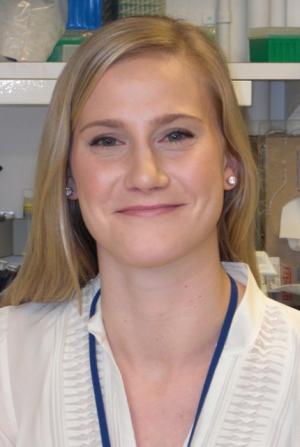Elizabeth Burke

Elizabeth Burke, Ph.D., is a postdoctoral fellow in the NIH Undiagnosed Diseases Program. She investigates the potential causality of patients’ genetic variants by utilizing zebrafish as a model organism. When not working in the lab, she spends her time caring for and playing with her new baby boy at home.
Posts By This Author
This page was last updated on Thursday, January 20, 2022



